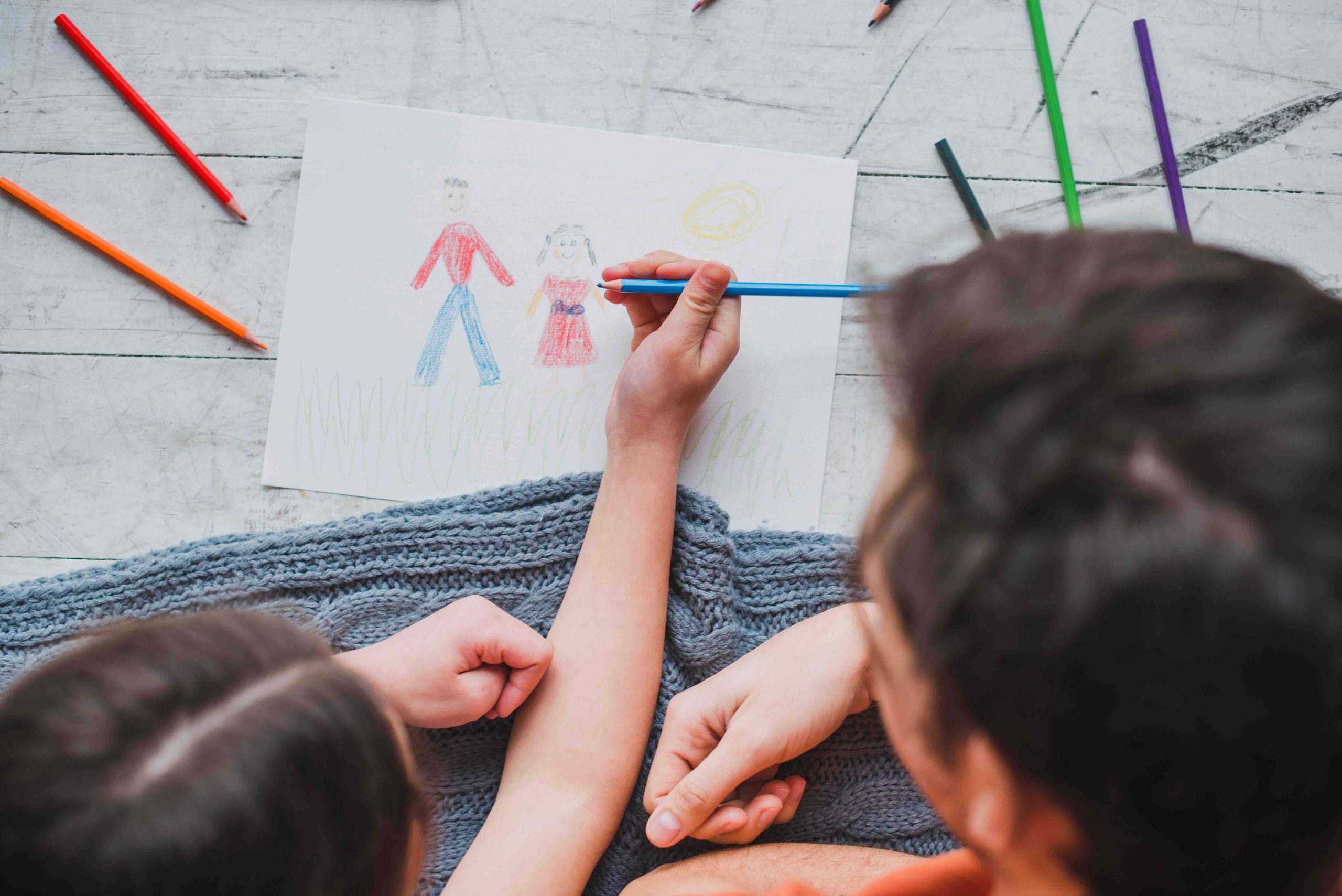
Nurturing Creativity: Teaching Art to Preschoolers through Scribbling
Art is a powerful means of self-expression that nurtures creativity and imagination in young minds. For preschoolers, art can be a form of play that encourages them to explore their surroundings and experiment with different materials. One of the earliest forms of artistic expression for young preschoolers is scribbling. It may seem like random marks on paper, but scribbling is a crucial developmental milestone that lays the foundation for future artistic skills. In this article, we will explore how you can effectively teach your 5-year-old preschooler art through scribbling, fostering their creativity and helping them develop important skills.
Emotionally Engaging Approach:
When it comes to teaching art to preschoolers, it’s crucial to approach it with emotion and create a positive and engaging experience for them.
Creating a Nurturing Environment
The first step in teaching art to your 5-year-old preschooler through scribbling is to create a nurturing environment that encourages their creativity.
- Provide a Safe and Comfortable Space: Set up a designated art area in your home where your child can freely express themselves without any fear of making a mess.
- Use Child-friendly Materials: Choose age-appropriate art materials that are safe for your preschooler to use.
- Display Your Child’s Artwork: Create a gallery of your child’s artwork by displaying their scribbles on the walls or refrigerator.
- Encourage Free Expression: Avoid imposing any expectations or rules on your child’s artwork.
Engaging Activities for Scribbling
Once you have set up a nurturing environment, you can introduce engaging activities that promote scribbling and artistic exploration.
- Scribble Journals: Provide your child with a blank journal or notebook that they can use as their own scribble journal.
- Sensory Scribbling: Set up a sensory tray with different textures and encourage your child to create scribbles in the sensory materials.
- Collaborative Scribbling: Invite your child’s friends or siblings for a collaborative scribbling session.
- Nature-inspired Scribbling: Take your child outdoors and let them observe the natural environment.
Encouraging Creativity and Skill Development
While scribbling is a form of free expression, it also provides opportunities for your child to develop important artistic skills.
- Fine Motor Skills: Scribbling requires the use of fine motor skills, such as holding and controlling a crayon or marker.
- Hand-eye Coordination: Scribbling also involves hand-eye coordination, as your child needs to coordinate their hand movements with their visual perception.
- Color Exploration: Scribbling allows your child to explore different colors and experiment with mixing them together.
- Spatial Awareness: Scribbling can also help your child develop spatial awareness as they create different shapes, sizes, and patterns on the paper.
Tips for Encouraging and Supporting Scribbling in Preschoolers
- Provide a Variety of Materials: Offer a wide range of materials for preschoolers to scribble with, such as crayons, markers, pencils, chalk, and finger paints.
- Create a Safe and Inviting Art Space: Set up a dedicated art space that is safe and inviting for preschoolers to freely express themselves through scribbling.
- Encourage Free Expression: Avoid giving preschoolers specific instructions or templates when it comes to scribbling.
- Foster a Positive Attitude: Create a positive and non-judgmental environment where preschoolers feel encouraged and supported in their scribbling endeavors.
The Emotional Benefits of Scribbling for Preschoolers
Scribbling is not just a cognitive activity, but it also has emotional benefits for preschoolers.
- Self-Expression: Scribbling provides preschoolers with a means of self-expression when they may not have the verbal skills to communicate their thoughts and emotions.
- Emotional Regulation: Scribbling can also help preschoolers regulate their emotions.
- Self-Confidence and Self-Esteem: Scribbling can boost preschoolers’ self-confidence and self-esteem.
- Emotional Connection: Scribbling can also foster emotional connections between preschoolers and their artwork.
The Cognitive Benefits of Scribbling for Preschoolers
Scribbling is not just a random act of making marks on paper, but it also has cognitive benefits for preschoolers.
- Fine Motor Skills Development: Scribbling requires preschoolers to hold a crayon, marker, or pencil and make controlled movements to create marks on paper.
- Pre-Writing Skills: Scribbling is a precursor to writing.
- Spatial Awareness: Scribbling also helps preschoolers develop spatial awareness.
- Problem-Solving Skills: Scribbling can also involve problem-solving skills.


